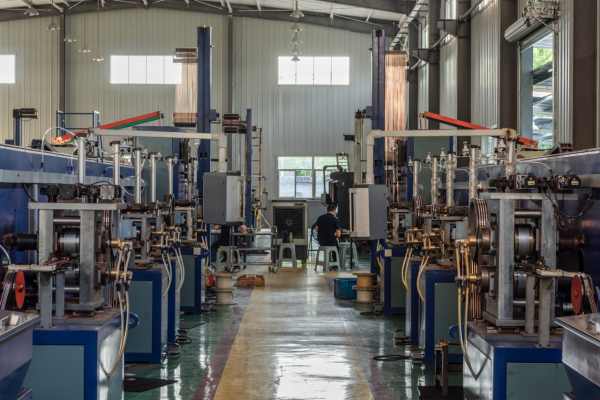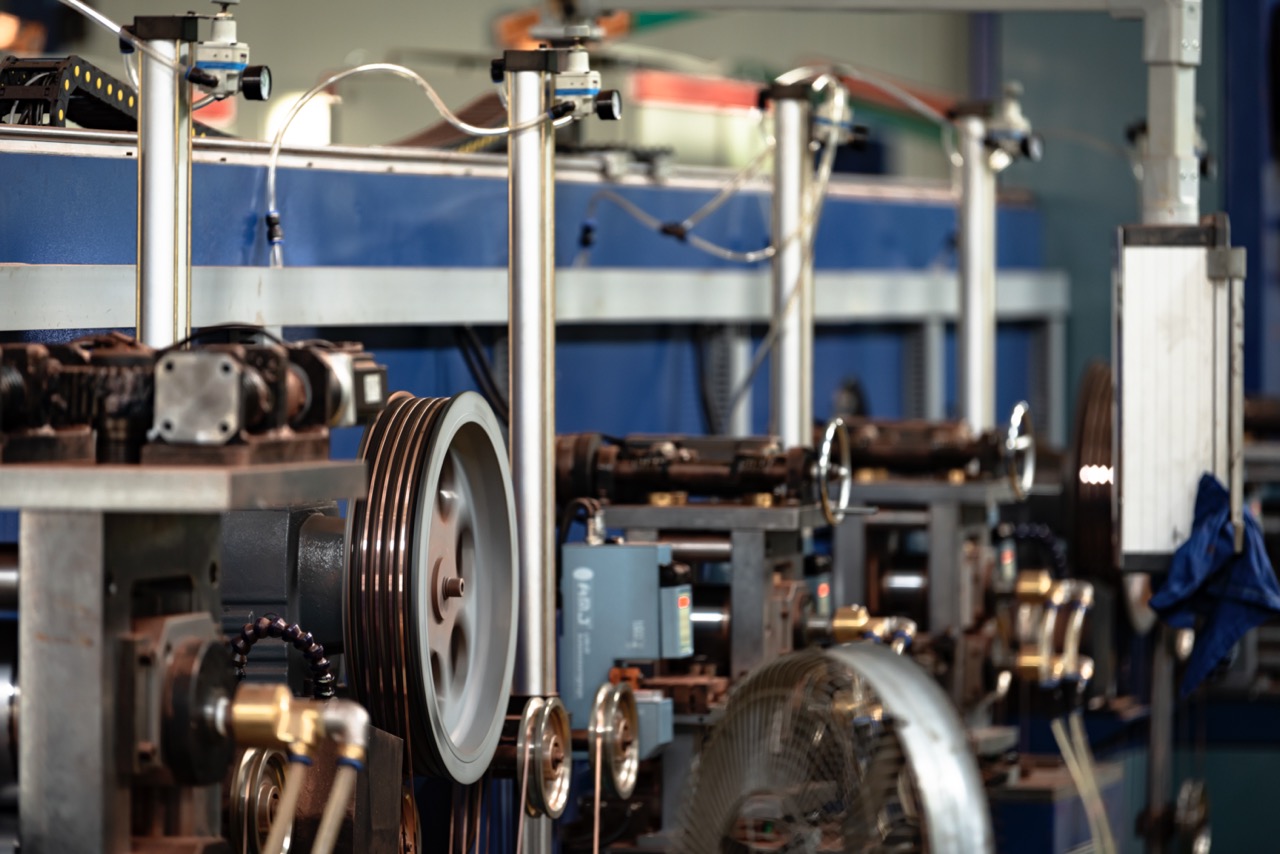Battery TabElectrolyte penetration test after immersion
Reference: Technical requirements for electric vehicles and ESS battery cells by a Japanese electric vehicle battery manufacturer.
The electrolyte is immersed at 65℃×28 days, and the glass strength of the wafer rubber and metal conductor is required to be >15N/15mm.
In summary: the minimum standard for measuring the electrolyte resistance of domestic electric vehicle electrode ears is: 1.85℃×24 hours of electrolyte immersion, requiring the glass strength of the welding piece rubber and the metal conductor PeelStrength>15N/15mm; 2.85℃×24 hours of electrolyte immersion, the penetrant cannot penetrate into the gel.

Battery tab bending test
Thickness < 0.2mm: Aluminum and nickel plates ≥ 7 times; nickel-plated copper plates ≥ 6 times;
When the thickness is ≥0.2mm: aluminum, nickel, nickel-plated copper plate ≥5 times;
Complies with vibration and fatigue toughness tests for electric vehicle power applications.
Copper nickel-plated power lugs - coating adhesion test
Requirements: The electroplating layer should not turn black.
In the case of long-term high current, driving vibration, etc., the electroplating performance is insufficient, which will:
Inside the iron core – the coating peels off onto the pole piece – micro short circuit – self-discharge;
Core exterior – PACK weld plating is loose – high contact resistance – or welding is falling off.
